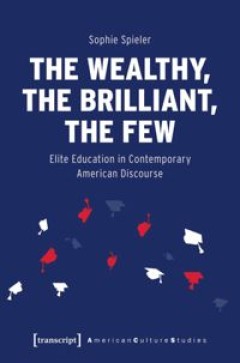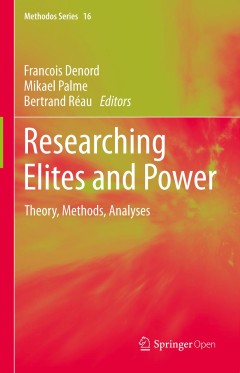Filter by

Mongol Court Dress, Identity Formation, and Global Exchange
The Mongol period (1206-1368) marked a major turning point of exchange – culturally, politically, and artistically – across Eurasia. The wide-ranging international exchange that occurred during the Mongol period is most apparent visually through the inclusion of Mongol motifs in textile, paintings, ceramics, and metalwork, among other media. Eiren Shea investigates how a group of newly-conf…
- Edition
- -
- ISBN/ISSN
- 9781032238432
- Collation
- xvii,207 p
- Series Title
- -
- Call Number
- 391.00951 HEA M

Elite Lokal dan Perampasan Modernitas: Kasus di Sumba Timur
Buku ini tidak hanya semata membahas tentang adat Sumba, akan tetapi tentang pengaruh kekuasaan “tradisional” maupun “modern” pada sebuah daerah yang relatif jauh dari pusat pemerintahan “modern”. Sebagian besar fokus bahasan dalam buku ini menganalisis peran birokrasi pemerintahan dan kebijakan nasional yang difokuskan pada peran masyarakat lokal khususnya elite lokal. Semoga buk…
- Edition
- -
- ISBN/ISSN
- 9786237425779
- Collation
- -
- Series Title
- -
- Call Number
- 307 TWI e

The wealthy, the brilliant, the few : elite education in contemporary America…
How do the US make sense of their own elite educational system, given that it seems to be at odds with core American values, such as equality of opportunity or upward mobility? Sophie Spieler explores scholarly and journalistic investigations, self-representational texts, and fictional narratives revolving around the Ivy League and its peers in order to understand elite education and its peculi…
- Edition
- -
- ISBN/ISSN
- 9783839457290
- Collation
- 273 p.
- Series Title
- Volume 33 in the series American Culture Studies
- Call Number
- 370.73 SPI t

European elites and ideas of empire, 1917-1957
Who thought of Europe as a community before its economic integration in 1957? Dina Gusejnova illustrates how a supranational European mentality was forged from depleted imperial identities. In the revolutions of 1917 to 1920, the power of the Hohenzollern, Habsburg and Romanoff dynasties over their subjects expired. Even though Germany lost its credit as a world power twice in that century, in …
- Edition
- -
- ISBN/ISSN
- 9781316343050
- Collation
- xlviii, 344p. : ill.
- Series Title
- -
- Call Number
- 325.309409041 GUS e

Researching elites and power : theory, methods, analyses
This open access book describes how elite studies theoretically and methodologically construct their object, i.e. how particular conceptualizations of elites are turned into research practice using different methods for collecting, dealing with and analyzing empirical data. The first of four sections focuses on what Mills named the power elite and includes Bourdieu’s field of power. The secon…
- Edition
- -
- ISBN/ISSN
- 9783030451752
- Collation
- xii, 276p. : ill.
- Series Title
- -
- Call Number
- 305.52 RES r
 Computer Science, Information & General Works
Computer Science, Information & General Works  Philosophy & Psychology
Philosophy & Psychology  Religion
Religion  Social Sciences
Social Sciences  Language
Language  Pure Science
Pure Science  Applied Sciences
Applied Sciences  Art & Recreation
Art & Recreation  Literature
Literature  History & Geography
History & Geography